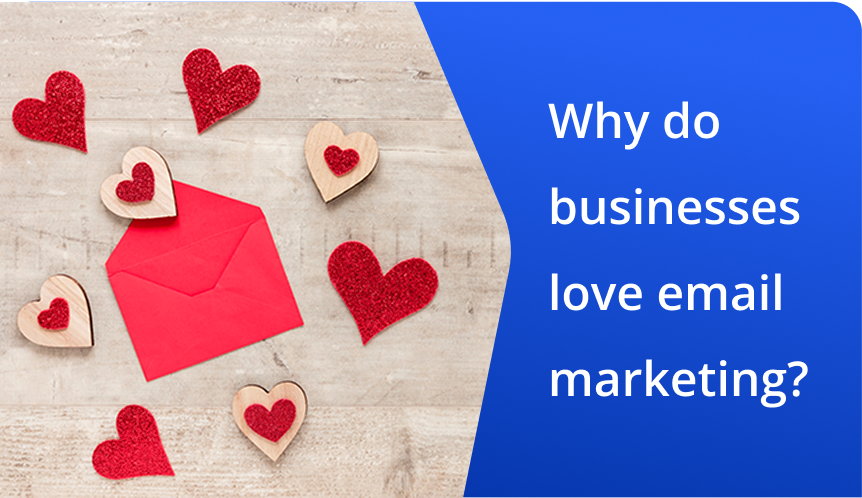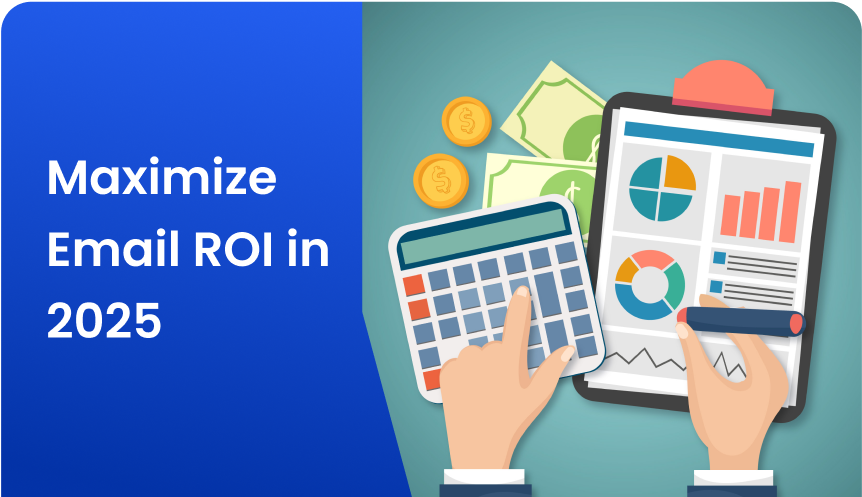One of the most exciting transformations in recent years has been the rise of the “Creator Economy”. A digital ecosystem where individuals can monetize their skills, content, and expertise independently, without relying on traditional jobs. With the expansion of social media, online platforms, and diverse monetization tools, creators are now shaping successful careers on their own terms.
Globally, this booming industry is valued at over $191 billion, and by 2030, it is expected to surpass $525 billion, with North America having the largest market share (i.e. 40%) and Shopify being the top company by revenue ($5.2 billion) supporting the creator economy. As opportunities expand, more digital entrepreneurs are finding innovative ways to engage audiences, generate revenue, and shape the future of content creation.

What Is the Creator Economy?
The creator economy comprises independent content creators, influencers, bloggers, YouTubers, podcasters, and educators who earn money by engaging with their audiences online. Platforms like YouTube, TikTok, Instagram, and Patreon, allow them to share content, build communities, and monetize through ads, sponsorships, subscriptions, and digital products.
This shift has put power in the hands of individuals, letting them turn their passions into full-time careers without the need for any middlemen. Whether through writing, video production, or live streaming, creators are shaping their futures like never before.
Why Is the Creator Economy Booming?
An article by ET states that, in 2021, the YouTube creator ecosystem alone contributed approximately ₹10,000 crore to India’s GDP, supporting over 750,000 jobs.
So, what are the key drivers fueling the explosive growth of the creator economy:
- Content creation – Free and affordable tools like Canva and Adobe Express, let anyone create professional-quality content in a breeze, making content creation easier than ever.
- Social media – Platforms like YouTube and Instagram push engaging content, helping creators grow their audiences fast.
- Direct monetization – Subscription platforms like Patreon, Ko-fi, and Substack give creators the chance to earn directly from their biggest fans.
- AI & Automation – AI-powered tools take care of repetitive tasks so creators can focus on what they love.
- Authenticity – Consumers are ditching traditional media in favor of independent creators they trust and relate to.
How Do Creators Make Money?
There’s no one-size-fits-all approach. Creators have multiple ways to earn:
- Ad Revenue: Platforms like YouTube pay creators based on ad views. Through the YouTube Partner Program, creators earn a percentage of ad revenue generated from their videos. The more views and engagement a video gets, the higher the earnings.
- Sponsorships & Brand Deals: Companies partner with influencers to promote their products or services. These deals can be one-time collaborations or long-term partnerships, often yielding significant income for creators.
- Subscriptions & Memberships: Platforms like Patreon and Substack, allow creators to offer exclusive content to subscribers for a monthly fee. This model provides a steady income stream while building a loyal community of supporters who get access to perks like behind-the-scenes, early releases, or exclusive content.
- Digital Products & Courses: Many creators turn their expertise into profitable digital products, such as eBooks, templates, and online courses. Platforms like Gumroad and Teachable help creators monetize their knowledge by selling valuable educational content or resources to their audience.
- Merchandising: On average, merchandise companies make over $500 million in annual revenue. Using platforms like Shopify and Teespring creators are selling branded merchandise, such as T-shirts, hoodies, and other accessories enabling them to establish a deeper connection with their audience.
- Affiliate Marketing: Creators earn commissions by promoting third-party products through affiliate links, wherein they receive a percentage of the sale. Programs such as Amazon Associates, and affiliate partnerships with brands enable creators to make money by recommending products they love.
- Brand Launch: Many top creators have moved beyond sponsorships and affiliate marketing to launch their own businesses. Whether it’s a beauty brand, a fitness program, or a tech product, creators are leveraging their audience’s trust to build brands.
Emerging Creator Trends
AI Influencers:
AI Influencers are redefining digital marketing, blurring the lines between reality and technology. While human influencers still dominate in popularity and earnings, virtual influencers are gaining traction fast, with the market projected to reach $37.8 billion by 2030.

Example:
Kyra is India’s first computer-generated virtual influencer having 250K+ on Instagram, designed to look and behave like a real social media personality. She shares travel stories, collaborates with brands like Boat and Amazon Prime Video, and everyday lifestyle content, making her indistinguishable from human creators.
Meme Marketing:
Meme Marketing isn’t just a trend. It’s a ₹3,000 crore industry. Brands that master meme culture stay relevant, engage audiences effortlessly and win the internet. Meme marketing has the power to turn virality into brand power.

Example:
Zomato has been doing wonders in meme marketing by cleverly blending humor with food-related wordplay. Their “Looking for a GF?” campaign, is a perfect example, playfully replacing “GF” (girlfriend) with “Grill Fried,” Zomato creates a humorous, relatable connection between food and relationships. This lighthearted approach not only entertains but also subtly promotes their food offerings, ensuring their brand stays top-of-mind among audiences.
Long-Form Content:
While short-form content (Reels, Shorts,) dominates social media, long-form content is regaining popularity as audiences crave deeper storytelling and more immersive experiences.

Example:
MrBeast – Youtuber
Jimmy Donaldson, aka MrBeast, is one of the biggest YouTubers in the world, known for his elaborate challenges, philanthropy, and high-production videos. He has mastered long-form storytelling, producing 15-30-minute cinematic-style videos that rack up hundreds of millions of views.
His large-scale projects, like recreating Squid Game in real life and giving away entire islands, proved that long-form videos can still dominate the digital space.
Creators Turning Into Entrepreneurs:
Today’s top creators aren’t just promoting brands, they’re becoming brands themselves. With massive fan followings and strong personal connections with their audience, they’re venturing into businesses that reflect their expertise and influence.

Example:
Ankur Warikoo, a former CEO-turned-YouTuber, built a massive audience by sharing finance and self-growth advice. Leveraging his credibility, he launched:
- Books: Do Epic Shit and Make Epic Money (Both became bestsellers).
- Warikoo Education: Online courses on entrepreneurship and financial literacy.
Challenges in the Creator Economy
Of course, it’s not all smooth sailing. Creators face several hurdles:
- Algorithm dependence – Social media platforms constantly tweak their algorithms, determining what content gets visibility. A sudden change can drastically impact a creator’s reach and earnings.
- Fluctuating income – Unlike traditional jobs with fixed salaries, creators face unpredictable income streams. Revenue depends on factors like engagement rates, ad revenue fluctuations, sponsorship deals, and platform monetization policies. One month could be highly profitable, while the next might bring in significantly less income.
- Burnout is real – The pressure to consistently produce engaging content can be overwhelming. Many creators work long hours brainstorming, filming, editing, and promoting their work while managing audience interactions. This constant cycle can lead to exhaustion, and creative burnout, affecting content quality and mental well-being.
- Monetization Struggles – While top creators secure lucrative brand deals, smaller or emerging creators often struggle to monetize their content. Many creators start with little to no income before gaining financial stability. Without a large following or high engagement rate, landing sponsorships can be challenging.
- Content Fatigue – Audiences have shorter attention spans and are constantly bombarded with content. If a creator’s style or topics become repetitive, followers may lose interest, leading to lower engagement.
The Future
The creator economy is only getting bigger. It is transforming the way we work, giving individuals the power to build businesses around their passions. Brands are heavily investing in creator partnerships, recognizing their ability to drive engagement and influence. Meanwhile, emerging monetization models will provide creators with greater financial stability and freedom to do what they’re best at; “Creating…”!
With Web3, decentralized platforms, and AI-powered tools on the rise, creators will have even more control over their content, audience, and income. Whether you’re a writer, designer, educator, or entertainer, now is the perfect time to start creating.
Not to forget, as consumer expectations continue to rise and audiences crave fresh, engaging content day by day, creators who can evolve, experiment, and build meaningful connections will thrive.



